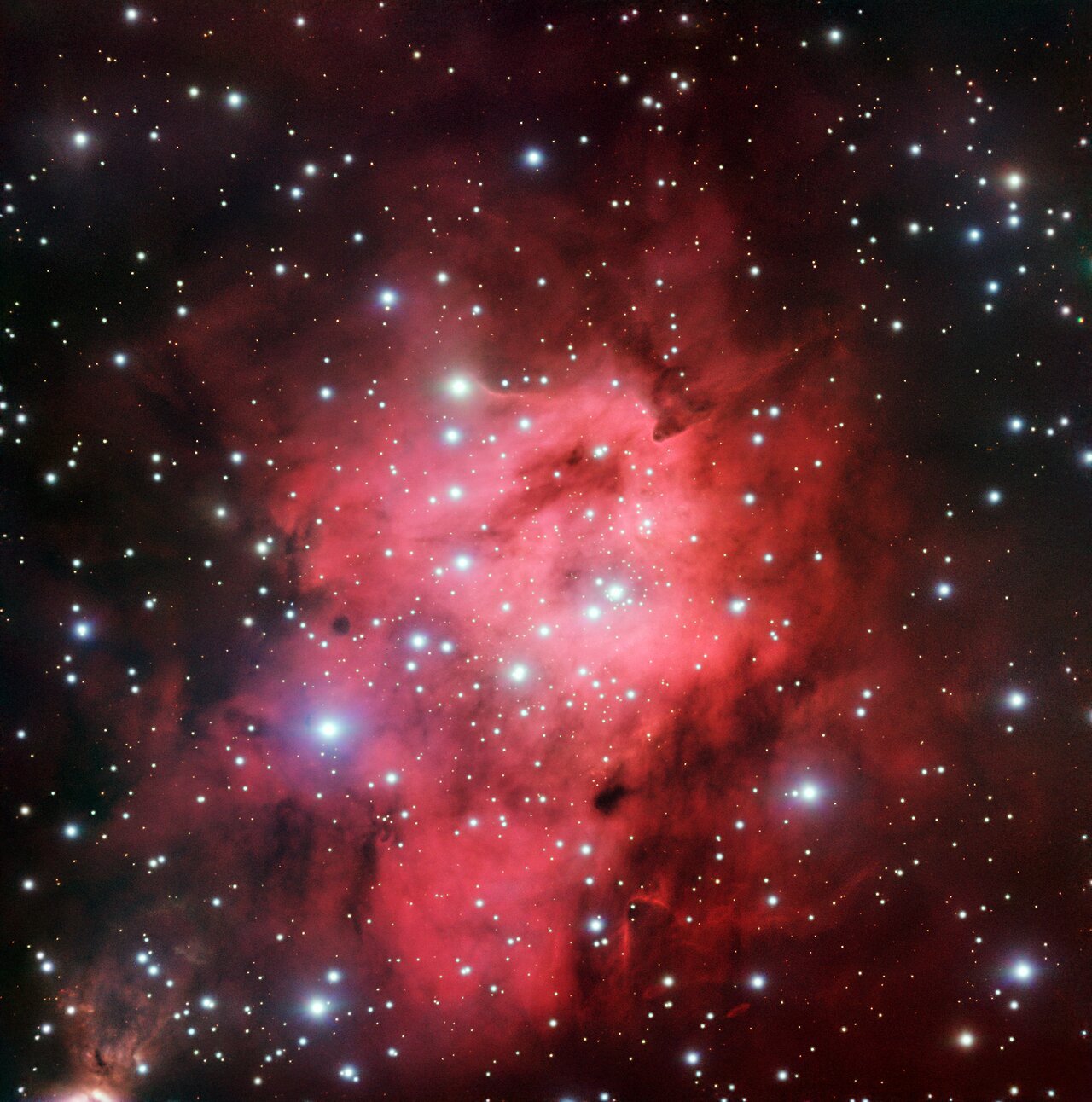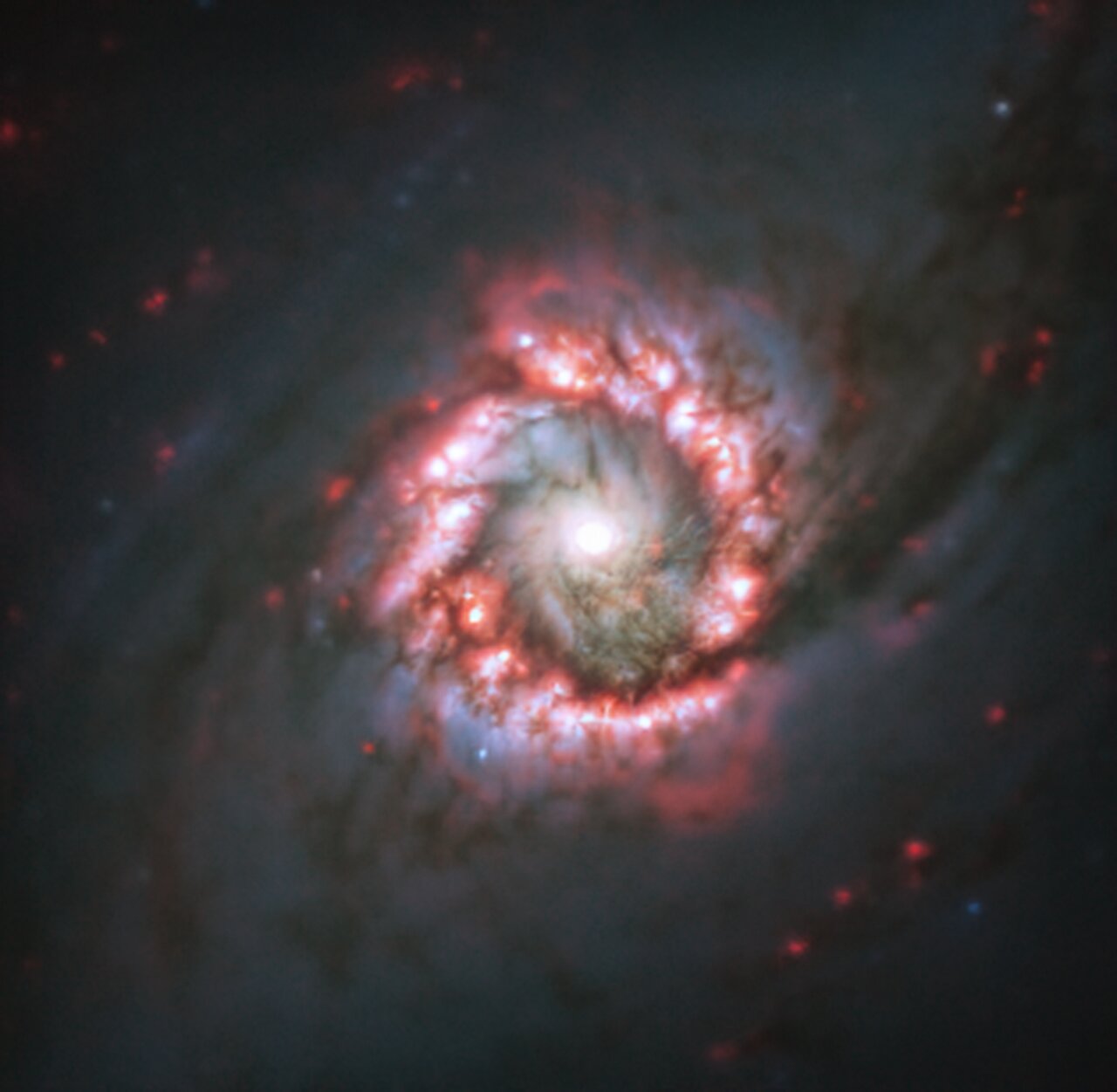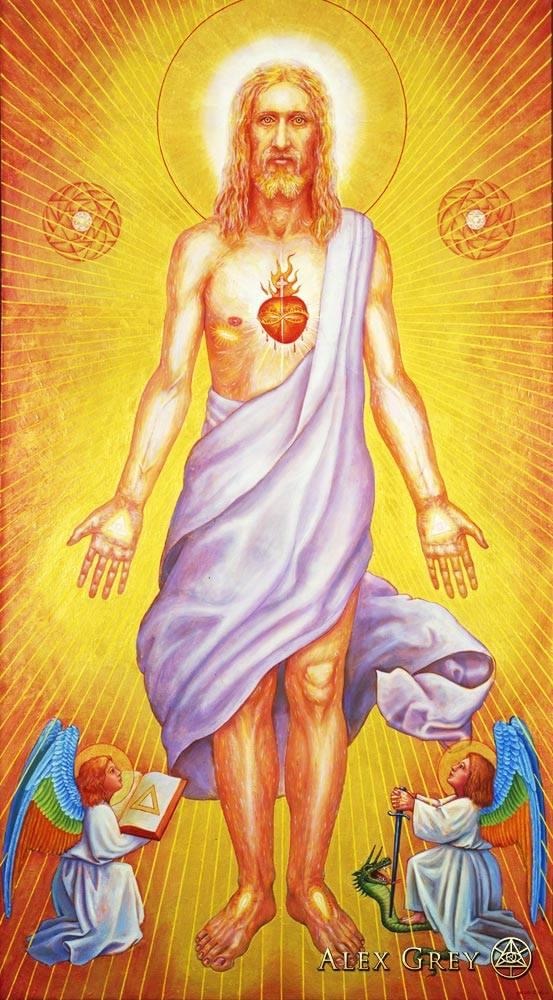Blog
Stan Levey (April 5, 1926 – April 19, 2005) was an American jazz drummer. He was known for working with Charlie Parker and Dizzy Gillespie in the early development of bebop during the 1940s, and in the next decade had stint with bandleader Stan Kenton. Levey retired from music in the 1970s to work as a photographer.
Born Adolph Stanley Levey in Philadelphia, Levey is considered one of the earliest bebop drummers, and one of the very few white drummers involved in the formative years of bebop. He played in Philadelphia with Dizzy Gillespie‘s group in 1942, at the age of 16. Soon after, he went to New York City, where he and Gillespie worked on 52nd Street with Charlie Parker and Oscar Pettiford.
After his tenure with the Stan Kenton Orchestra he moved to the West Coast in 1954, joining Howard Rumsey, Don Joham and the Lighthouse All-Stars, and was a major influence in West Coast jazz. Though “cool” jazz was common on the West Coast, Levey’s crisp, melodic style continued to have more in common with bop than cool, and he inspired every group he ever played in. A right-handed person, Levey played the drums, as if left-handed. Levey has played on thousands of recordings, including those with musicians Dizzy Gillespie, Charlie Parker, Miles Davis, Stan Getz, Ella Fitzgerald, Peggy Lee, Frank Sinatra, Nat King Cole and with bands such as that of Quincy Jones, and Skitch Henderson and The Tonight Show Band.
more...This gently glowing area of sky is actually a hot bubble of hydrogen gas — named Sh 2-305 — that has been bombarded by intense radiation from nearby stars. Such gas clouds are known as emission nebulae, or HII regions (pronounced “H-two”). The radiation in question is in the ultraviolet part of the spectrum and is thought to emanate from at least two O-type stars, and likely several others. This stellar class is the brightest and hottest that we know of — such stars can be up to 90 times as massive as the Sun, and an incredible one million times as bright. Together with five neighbouring bubbles, Sh 2-305 belongs to a giant complex of dense clouds of dust and gas and, on a larger scale, an enormous ring called the GS234-02 star-forming supershell (located in the Perseus arm of the Milky Way, in the constellation of Puppis). This image was obtained under the ESO Cosmic Gems programme, an outreach initiative to produce images of interesting, intriguing or visually attractive objects using ESO telescopes, for the purposes of education and public outreach. The programme makes use of telescope time that cannot be used for science observations. All data collected may also be suitable for scientific purposes, and are made available to astronomers through ESO’s science archive.

Major Lance (April 4, 1939, 1941 or 1942 – September 3, 1994) was an American R&B singer. After a number of US hits in the 1960s, including “The Monkey Time” and “Um, Um, Um, Um, Um, Um“, he became an iconic figure in Britain in the 1970s among followers of Northern Soul. Although he stopped making records in 1982, Major Lance continued to perform at concerts and on tours until his death in 1994. His daughter, Keisha Lance Bottoms, is the current mayor of Atlanta.
There had been some dispute, previously, over Major Lance’s birth year; some sources claimed he was born in 1941 or in 1942 (as Lance claimed). However, 1939 appears to be the correct year of birth. In the 1940 U.S. Census, “Mager” Lance is listed in Washington County, Mississippi, as the one-year-old son of Lucendy Lance, a widow. Lance’s gravestone also confirms he was born in 1939. ‘Major’ was his given name, not a nickname or stage name.
Lance, who was one of 12 children, moved as a child with his family to the midnorth side of Chicago in the Cabrini-Green projects, a high-crime area, where he developed a boyhood friendship with Otis Leavill, both of whom attended Wells High School. This was the same school Curtis Mayfield and Jerry Butler attended.
https://www.youtube.com/watch?v=B0KlRpQeyvo
more...Hugh Ramapolo Masekela (4 April 1939 – 23 January 2018) was a South African trumpeter, flugelhornist, cornetist, singer and composer who was described as “the father of South African jazz“. Masekela was known for his jazz compositions and for writing well-known anti-apartheid songs such as “Soweto Blues” and “Bring Him Back Home“. He also had a number-one US pop hit in 1968 with his version of “Grazing in the Grass“.
Masekela was born in the township of KwaGuqa in Witbank to Thomas Selena Masekela, who was a health inspector and sculptor and his wife, Pauline Bowers Masekela, a social worker. His young sister Barbara Masekela is a poet, educator and ANC activist. As a child, he began singing and playing piano and was largely raised by his grandmother, who ran an illegal bar for miners. At the age of 14, after seeing the 1950 film Young Man with a Horn (in which Kirk Douglas plays a character modelled on American jazz cornetist Bix Beiderbecke), Masekela took up playing the trumpet. His first trumpet was bought for him from a local music store by Archbishop Trevor Huddleston, the anti-apartheid chaplain at St. Peter’s Secondary School now known as St. Martin’s School (Rosettenville).
more...McKinley Morganfield (April 4, 1913 – April 30, 1983), known professionally as Muddy Waters, was an American blues singer-songwriter and musician who was an important figure in the post-war blues scene, and is often cited as the “father of modern Chicago blues“. His style of playing has been described as “raining down Delta beatitude“.
Muddy Waters grew up on Stovall Plantation near Clarksdale, Mississippi, and by age 17 was playing the guitar and the harmonica, emulating the local blues artists Son House and Robert Johnson. He was recorded in Mississippi by Alan Lomax for the Library of Congress in 1941. In 1943, he moved to Chicago to become a full-time professional musician. In 1946, he recorded his first records for Columbia Records and then for Aristocrat Records, a newly formed label run by the brothers Leonard and Phil Chess.
In the early 1950s, Muddy Waters and his band—Little Walter Jacobs on harmonica, Jimmy Rogers on guitar, Elga Edmonds (also known as Elgin Evans) on drums and Otis Spann on piano—recorded several blues classics, some with the bassist and songwriter Willie Dixon. These songs included “Hoochie Coochie Man“, “I Just Want to Make Love to You” and “I’m Ready“. In 1958, he traveled to England, laying the foundations of the resurgence of interest in the blues there. His performance at the Newport Jazz Festival in 1960 was recorded and released as his first live album, At Newport 1960. Muddy Waters’ music has influenced various American music genres, including rock and roll and rock music.
Muddy Waters’s place and date of birth are not conclusively known. He stated that he was born in Rolling Fork, Mississippi, in 1915, but other evidence suggests that he was born in Jug’s Corner, in neighboring Issaquena County, in 1913.
more...Cecil Gant (April 4, 1913 – February 4, 1951) was an American blues singer, songwriter and pianist, whose recordings of both ballads and “fiery piano rockers” were successful in the mid- and late 1940s, and influenced the early development of rock and roll. His biggest hit was the 1944 ballad, “I Wonder“.
Gant was born in Columbia, Tennessee, but was raised in Cleveland, Ohio. He returned to Nashville, Tennessee and worked there as a musician, as well as touring with his own band, from the mid-1930s until he joined the army during World War II. In 1944, after performing at a War Bond rally in Los Angeles, California, he recorded his composition “I Wonder” for the tiny black-owned Bronze record label. When it started to become locally popular, he re-recorded it for the newly established white-owned independent Gilt-Edge record label. His recording of “I Wonder” was released under the name “Pvt. Cecil Gant”, as were later releases on the label.
more...Captured with the MUSE instrument on ESO’s Very Large Telescope (VLT), this image of the distant spiral galaxy NGC 1097 shows a textbook example of a star-bursting nuclear ring. Located 45 million light-years away from Earth, in the constellation of Fornax, this ring lies at the very centre of its galaxy. It spans only 5,000 light years across, being dwarfed by the full size of its host galaxy, which extends some tens of thousands of light-years beyond its centre. The darker lanes seen in this MUSE image show dust, gas and debris from the galaxy (or possibly from a satellite galaxy), which are being funnelled into the supermassive black hole at its centre. This process heats up the surrounding matter forming an accretion disc around the black hole and launching huge amounts of energy into the surrounding area. Nearby dust is heated up and star formation accelerates in the area around the supermassive black hole, forming the star-bursting nuclear ring shown in pink and purple tones in the image. MUSE, which stands for Multi Unit Spectroscopic Explorer, is attached to Yepun, one of the four, 8.2-metre telescopes that make up the VLT at ESO’s Paranal Observatory. Its unique design has allowed researchers to map complex mechanisms within many galaxies and analyse the formation of stars and star clusters.

Rocco Scott LaFaro (April 3, 1936 – July 6, 1961) was an American jazz double bassist known for his work with the Bill Evans Trio. Despite his short career, he was ranked #16 on Bass Player magazine’s top 100 bass players of all time.
Born in Newark, New Jersey, the son of a big band musician, LaFaro was five when his family moved to Geneva, New York. He started playing piano in elementary school, bass clarinet in middle school, and tenor saxophone when he entered high school. He took up double bass at 18 before entering college because learning a string instrument was required of music education majors. After three months at Ithaca College, he concentrated on bass. He played in groups at the College Spa and Joe’s Restaurant on State Street in downtown Ithaca. LaFaro died in an automobile accident on July 6, 1961 in Flint, New York on U.S. Route 20 between Geneva and Canandaigua, four days after accompanying Stan Getz at the Newport Jazz Festival. According to Paul Motian, the death of LaFaro left Bill Evans “numb with grief”, “in a state of shock”, and “like a ghost”. Obsessively he played “I Loves You Porgy“, a song which had become synonymous with him and LaFaro. Evans stopped performing for several months.
more...
James Harrell McGriff (April 3, 1936 – May 24, 2008) was an American hard bop and soul-jazz organist and organ trio bandleader.
Born in Germantown, Pennsylvania, United States, McGriff started playing piano at the age of five and by his teens had also learned to play vibes, alto sax, drums and upright bass. He played bass in his first group, a piano trio. When he joined the United States Army, McGriff served as a military policeman during the Korean War. He later became a police officer in Philadelphia for two years. Music kept drawing McGriff’s attention away from the police force. His childhood friend, organist Jimmy Smith, had begun earning a substantial reputation in jazz for his Blue Note albums (the two played together once in 1967) and McGriff became entranced by the organ sound while Richard “Groove” Holmes played at his sister’s wedding. Holmes went on to become McGriff’s teacher and friend and they recorded together on two occasions in 1973 for two Groove Merchant records.
more...Harold Vick (April 3, 1936 – November 13, 1987) was an American jazz saxophonist and flutist.
Harold Vick was born on April 3, 1936 in Rocky Mount, North Carolina. At the age of 13 he was given a clarinet by his uncle, Prince Robinson, a clarinet and tenor saxophone player who had been a member of McKinney’s Cotton Pickers. Three years later he took up the tenor saxophone, and soon began playing in R&B bands.He continued to perform, still largely with R&B bands, while studying psychology at Howard University.
Steppin’ Out!, Vick’s first album as leader, was recorded for Blue Note in 1963. After a 1965 performance at Carnegie Hall with Donald Byrd, Vick secured a contract for further albums as leader, and from 1966 to 1974 he had further recording sessions for the RCA, Muse, and Strata-East labels.
more...Gorgeous spiral galaxy NGC 3521 is a mere 35 million light-years away, toward the constellation Leo. Relatively bright in planet Earth’s sky, NGC 3521 is easily visible in small telescopes but often overlooked by amateur imagers in favor of other Leo spiral galaxies, like M66 and M65. It’s hard to overlook in this colorful cosmic portrait, though. Spanning some 50,000 light-years the galaxy sports characteristicpatchy, irregular spiral arms laced with dust, pink star forming regions, and clusters of young, blue stars. Remarkably, this deep image also finds NGC 3521 embedded in gigantic bubble-like shells. The shells are likely tidal debris, streams of stars torn from satellite galaxies that have undergone mergers with NGC 3521 in the distant past.

Larry Eugene Carlton (born March 2, 1948) is an American guitarist who built his career as a studio musician in the 1970s and ’80s for acts such as Steely Dan and Joni Mitchell. He has participated in thousands of recording sessions, recorded on hundreds of albums in many genres, for television and movies, and on more than 100 gold records. He has been a member of the jazz fusion group the Crusaders, the smooth jazz band Fourplay, and has maintained a long solo career.
Carlton was born in Torrance, California in 1948 and at the age of six began guitar lessons. His interest in jazz came from hearing guitarist Joe Passon the radio. From Pass he moved on to jazz guitarists Barney Kessel and Wes Montgomery and blues guitarist B.B. King. He went to junior college and Long Beach State College while playing professionally at clubs in Los Angeles.
more...Leon Russell (born Claude Russell Bridges; April 2, 1942 – November 13, 2016 Lawton, OK) was an American musician and songwriter who was involved with numerous bestselling pop music records during his 60-year career. His genres included pop, country, rock, folk, gospel, bluegrass, rhythm and blues, folk rock, blues rock, surf, standards, and Tulsa Sound.
His collaborations rank as some of the most successful in music history, and as a touring musician he performed with hundreds of notable artists. He recorded 33 albums and at least 430 songs. He wrote “Delta Lady” recorded by Joe Cocker, and organized and performed with Cocker’s Mad Dogs and Englishmen tour in 1970. His “A Song for You” which was named to the Grammy Hall of Fame in 2018, has been recorded by more than 200 artists, and his song “This Masquerade” by more than 75.
As a pianist, he played in his early years on albums by The Beach Boys, Dick Dale, and Jan and Dean. On his first album, Leon Russell, in 1970, the musicians included Eric Clapton, Ringo Starr, and George Harrison. One of his biggest early fans, Elton John said that Russell was a “mentor” and an “inspiration”. They recorded their album The Union in 2010 earning them a Grammy nomination.
Russell produced and played in recording sessions for Bob Dylan, Frank Sinatra, Ike & Tina Turner, The Rolling Stones, and many other artists. He wrote and recorded the hits “Tight Rope” and “Lady Blue“. He performed at The Concert for Bangladesh in 1971, along with Harrison, Dylan, and Clapton for which he earned a Grammy Award.
His recordings earned six gold records. He received two Grammy Awards from seven nominations. In 2011, he was inducted into both the Rock and Roll Hall of Fame and the Songwriters Hall of Fame.
more...More Posts
- Cosmos NGC 3059
- Jimmy Rogers
- Curtis Mayfield
- Grachan Moncur III
- Josephine Baker
- World Music Warsaw Village Band
- Daily Roots King Tubby
- Thelonius Monk Wisdom
- Cosmos NGC 1097
- Charlie Watts
- Valaida Snow
- Edward Elgar
- World Music Génération Taragalte
- Daily Roots The Aggrovators
- Cosmos Sh2-263
- Herbie Lovelle
- Nelson Riddle
- Lafayette Leake
- World Music Bab L’ Bluz
- Daily Roots Prince Jammy
